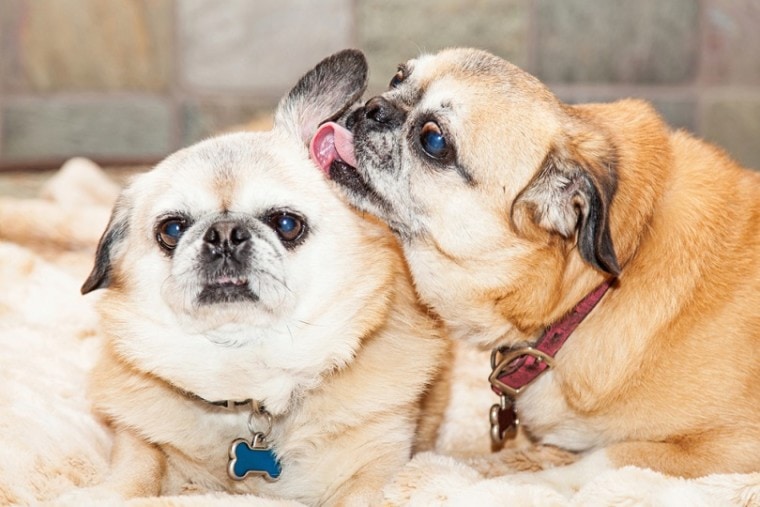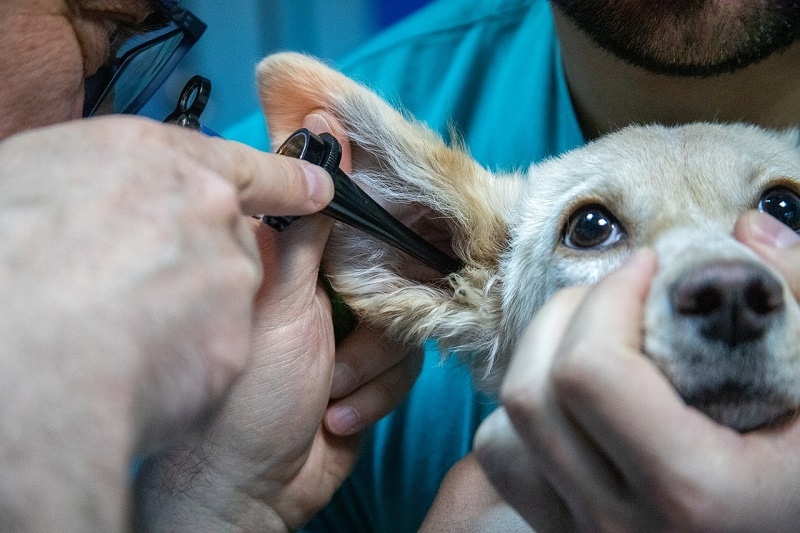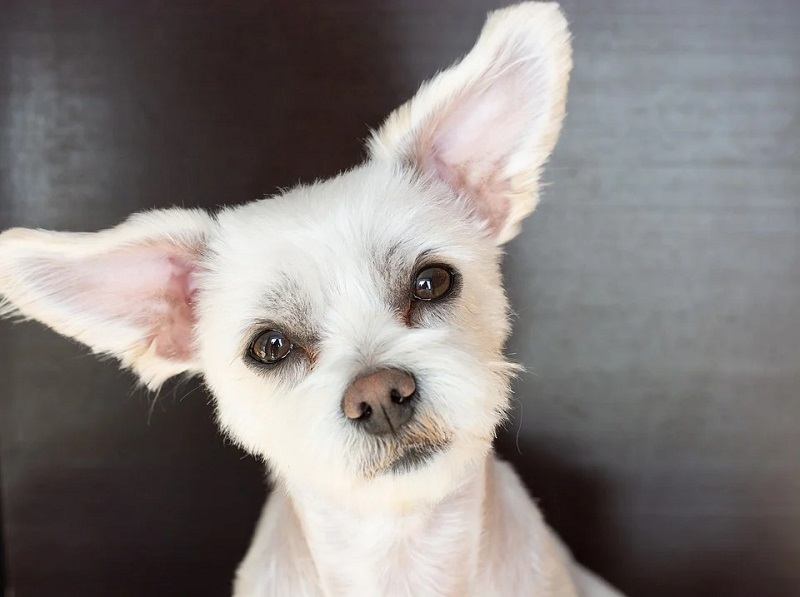
As responsible dog owners, it’s our responsibility to make sure all our pup’s needs are met. That means providing them with things they enjoy—like food, water, exercise, and toys—and sometimes subjecting them to something they don’t love, like a bath, nail trimming, and ear cleaning.
Most dogs need their ears cleaned occasionally, but some breeds need more attention than others. Dogs who have long, floppy ears may be more prone to ear infections than dogs with short, perky ears, but all dogs can develop ear problems even with regular cleaning.
In this article, we’ll teach you everything you need to know about cleaning your dog’s ears. We have some helpful tips for making the job easier and some pointers for detecting when an ear issue requires a trip to the vet.
When to Clean Your Dog’s Ears
The best approach to keeping your furry friend’s ears squeaky clean is to stay ahead of potential problems. A regular cleaning routine will help avoid ear infections and also help your dog acclimatize to the ear-cleaning process, making it less of a battle over time.
However, it is important not to overclean your dog’s ears since doing so can paradoxically increase the odds of them developing an infection.

It is good practice to regularly inspect your dog’s ears for signs that they need cleaning. Familiarize yourself with what a healthy, clean dog ear looks like. In general, your buddy’s ears should be light pink, without any signs of dirt or other build-ups, and odorless. By regularly monitoring your dog’s ears, you’ll be able to tell when something changes and take action. If your dog’s ears are visibly dirty, or have a strange smell, it’s time for a cleaning. And if they are painful, red, and inflamed, a visit to the vet is due.
Some breeds—like Cocker Spaniels and Basset Hounds—are especially susceptible to ear infections and may develop infections despite your best cleaning efforts. The signs of ear infections in dogs are a strong, unusual smell emanating from their ears, frequent head shaking, and more ear scratching than normal. Alongside this, the inside of the ear pinna will be visibly red and inflamed, sometimes with obvious sores or scabs, and often, there is discharge as well.
If your dog exhibits any of these signs, it’s time to schedule a trip to the vet. Your vet will examine your dog’s ears, check the discharge under the microscope to identify the culprit, and sometimes take samples to send off to a laboratory to see what kind of bacteria or fungus has caused the infection. All of this will help them determine what treatment will be most effective. Ear infections will not resolve on their own, so don’t wait to call the vet since it is unlikely that the ear infection will get better spontaneously and you cannot manage this at home. Ear infections are painful for your pooch, and they will get worse if not treated appropriately and timely.
Afterward, the vet will show you how to clean your dog’s ears and will tell you how often to do this while the dog is receiving treatment, as well as after the treatment has finished.
What You’ll Need to Clean Your Dog’s Ears
It only takes a few common household supplies to clean your dog’s ears:

Never use a Q-tip or other elongated object to clean your dog’s ears. Q-tips act as ramrods, driving wax and dirt further into your dog’s ear, making it harder to clean and more likely to cause a problem. Elongated cleaning supplies can also damage the delicate inner ear structures and cause your dog pain.
A Note About Cleaning Solutions
You might be tempted to concoct a batch of homemade cleaning solutions by following a recipe you found on the internet. We recommend against this since it is easy to get the ingredient ratios wrong accidentally, and it’s hard to tell whether the source of the recipe is trustworthy.
Instead, ask your veterinarian what ear-cleaning products they recommend. Your vet’s office will often carry ear cleaning supplies, making it easy to pick some up directly from a reliable source.
How to Clean Your Dog’s Ears
Once you have your cleaning solution, towel, and cotton ball, you’re ready to get to work.
- Gentle Care For All Pets - Infused with moisturizing hypoallergenic ingredients & enriched with...
- Deep Cleans From Head to Tail - Tackle the toughest dirt & messes with our extra strong pet wipes...
- Freshness On The Go - Each dog grooming wipes pack contains 30 counts of premium dog wipes that...
Keeping your dog clean doesn't have to mean giving them a full bath. We like Hepper's Wash Wipes because they're specially formulated to be safe for dogs of all ages, sizes, and breeds. The hypoallergenic formula contains natural, moisturizing ingredients that effectively remove dirt without irritating your dog's skin.
At Pet Keen, we've admired Hepper for many years, and decided to take a controlling ownership interest so that we could benefit from the outstanding designs of this cool cat company!
Final Thoughts
Monitoring your dog’s ear health and cleaning their ears when they need it is part of being a good dog owner. Many owners are intimidated by cleaning their dog’s ears, but hopefully, this guide has helped mitigate your fears. Cleaning your dog’s ears is a relatively easy process, and if you follow the guidelines presented here, you and your dog should have no issues.
As always, if your dog ever shows signs of pain during an ear cleaning, consult your veterinarian.
See also:
- 10 Best Dog Ear Infection Medications – Reviews & Top Picks
- 10 Scorpions Found in California (With Pictures)
Featured Image Credit: Susan Schmitz, Shuttetstock








